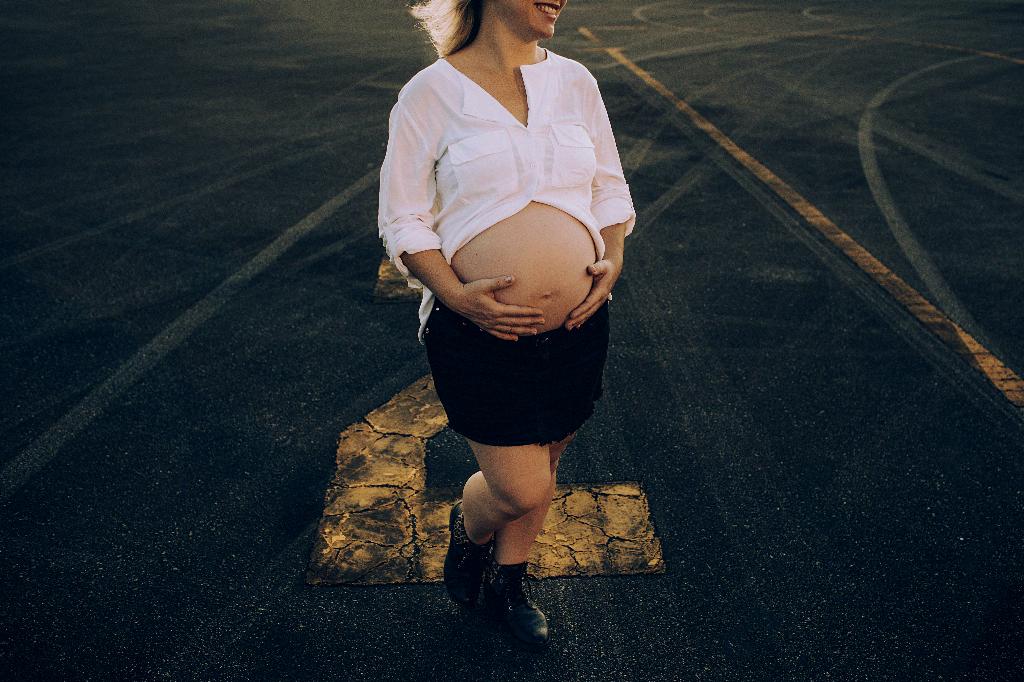When it comes to pregnancy complications, two terms that often cause confusion are anembryonic pregnancy and missed abortion. These two conditions, while both related to embryonic death, have distinct characteristics that set them apart.
Anembryonic Pregnancy Explained
An anembryonic pregnancy, also known as blighted ovum, occurs when a gestational sac forms in the uterus but there is no embryo developing inside. The absence of embryonic development can be detected through ultrasound, where only the empty sac is visible.
Missed Abortion Unveiled
On the other hand, a missed abortion refers to a situation where the embryo has stopped developing, leading to its demise, but the body does not expel the pregnancy tissue immediately. In this case, the absence of fetal cardiac activity is typically observed during an ultrasound examination.
Distinguishing Factors Between Anembryonic Pregnancy and Missed Abortion
One key differentiator between anembryonic pregnancy and missed abortion lies in the presence or absence of an embryo in the gestational sac. In anembryonic pregnancy, only the sac is present, while in missed abortion, the embryo has ceased to grow but remains within the sac.
Timing of Diagnosis
Anembryonic pregnancies are usually diagnosed earlier in the first trimester, often around 8 to 10 weeks, when an ultrasound fails to detect a developing embryo. Missed abortions, on the other hand, may not be discovered until a later stage of pregnancy.
Treatment Approaches
Management strategies for anembryonic pregnancy and missed abortion may vary. In the case of anembryonic pregnancy, options include expectant management, medication to induce miscarriage, or surgical intervention. For missed abortion, approaches such as dilation and curettage (D&C) or medication may be considered.
Emotional Impact
Dealing with the news of anembryonic pregnancy or missed abortion can be emotionally challenging for individuals and couples. The loss of a pregnancy, regardless of the circumstances, can bring about feelings of grief, sadness, and uncertainty about future fertility.
Follow-up Care
After a diagnosis of anembryonic pregnancy or missed abortion, follow-up care is crucial. Discussions with healthcare providers about future pregnancies, emotional support, and monitoring of physical recovery are essential aspects of post-treatment care.
Risk Factors and Recurrence
Understanding the risk factors associated with anembryonic pregnancy and missed abortion can help individuals assess their likelihood of experiencing these conditions. Factors such as maternal age, previous pregnancy history, and underlying medical conditions can contribute to the risk of recurrence.
Seeking Support
Seeking support from loved ones, counseling services, or support groups can be beneficial for individuals coping with the aftermath of anembryonic pregnancy or missed abortion. Sharing experiences and feelings with others who have gone through similar situations can provide comfort and encouragement.
Medical Guidance and Expertise
Consulting with healthcare professionals who specialize in reproductive health and pregnancy loss can offer valuable insights and guidance for individuals navigating the complexities of anembryonic pregnancy and missed abortion. Accessing medical expertise and personalized care is essential in addressing both physical and emotional aspects of these conditions.
Conclusion
In conclusion, while anembryonic pregnancy and missed abortion both involve embryonic demise during pregnancy, they differ in terms of embryo presence, timing of diagnosis, treatment approaches, emotional impact, and post-treatment care. Understanding the distinctions between these conditions can help individuals and couples facing such challenges to make informed decisions and seek appropriate support and care.

